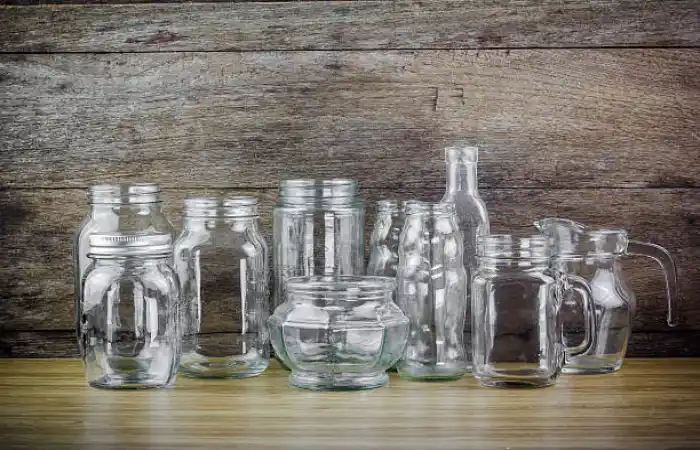You might not know that China is home to some of the world’s largest glass bottle and jar manufacturers, producing over 60% of the country’s total glass output. As you consider the intricacies of the manufacturing process, it’s worth noting that the quality of the final product largely depends on the precision and care taken in sourcing raw materials. But what sets Chinese manufacturers apart from their international counterparts, and how do they balance mass production with quality control? The answer lies in the specifics of their process, and exploring these details will reveal the intricacies of their success.
Raw Material Sourcing Process
When sourcing raw materials, consider factors such as purity, particle size, and chemical composition. For instance, the silica content in sand should be high to produce clear glass. Similarly, the limestone and soda ash should be of the right chemical composition to facilitate the glass manufacturing process. You’ll also need to guarantee that the colorants used in custom glass bottles meet the required color standards and are compatible with the glass formula.
Effective raw material sourcing is critical to producing high-quality glass bottles. By selecting the right suppliers and guaranteeing that the raw materials meet the required standards, you can minimize defects and produce custom glass bottles that meet your customers’ expectations.
Glass Melting and Forming
The formation of a molten glass pool is the first stage in the glass melting and forming process. You’ll see this process unfolding at a glass bottles factory, such as those producing Jiahua glass bottles. In this stage, raw materials, including silica sand, soda ash, and limestone, are fed into a furnace at extremely high temperatures (around 1400°C). The mixture is heated until it melts and forms a molten glass pool.
As the glass pool forms, you’ll notice it’s colorless and transparent. To achieve the desired color and clarity, metal oxides and other additives are mixed into the molten glass. For instance, cobalt oxide is added to produce blue glass, while chromium oxide produces green glass.
Once the glass pool has reached the desired temperature and color, it’s formed into the desired shape using one of several methods, including blow-and-blow, press-and-blow, or tubular. The glass is then transferred to the next stage of the manufacturing process, where it will undergo further processing to become a finished Jiahua glass bottle. Throughout this process, precise temperature control and careful monitoring of the glass’s viscosity are vital to producing high-quality glass bottles.
Annealing and Finishing Process
Most glass bottles, including those produced by Jiahua, undergo an annealing process after being formed. This process involves heating the glass to a specific temperature, usually around 500-600°C, to relieve any stresses that have developed during the forming process. You’ll heat the glass at this temperature for a few hours to allow the material to relax and become less prone to breakage.
After annealing, you’ll proceed to the finishing process, which involves inspecting the glass bottles and jars for any imperfections. For Jiahua glass jars and bottles, this step is vital in verifying that the products meet the required standards. You’ll check for defects such as cracks, bubbles, or irregular shapes, and remove any defective products from the production line.
Quality Control and Packaging
Inspecting glass bottles and jars for quality involves a rigorous process that you’ll implement at various stages of production, including the final packaging stage. As a wholesale or bulk glass bottle supplier, you must verify that each item meets the required standards. You’ll start by visually inspecting the bottles for any defects, such as cracks, bubbles, or irregular shapes. Next, you’ll conduct a series of tests to evaluate their strength, durability, and chemical resistance.
During packaging, you’ll carefully place the glass bottles and jars into boxes or containers to prevent breakage. You’ll also include packaging materials, such as bubble wrap or foam inserts, to provide additional protection. Before shipping, you’ll inspect the packages again to verify that they meet the required standards. This attention to detail is vital in maintaining the quality of your products and preventing damage during transportation.
Conclusion
You’ve now gained insight into China’s meticulous glass bottle and jar manufacturing process. From sourcing raw materials to rigorous quality control, each step is vital in producing high-quality products. Notably, China’s glass industry produces over 25 billion glass containers annually, with many meeting international standards. This impressive output highlights the country’s capabilities in producing reliable glass packaging solutions, making it a significant player in the global market.
